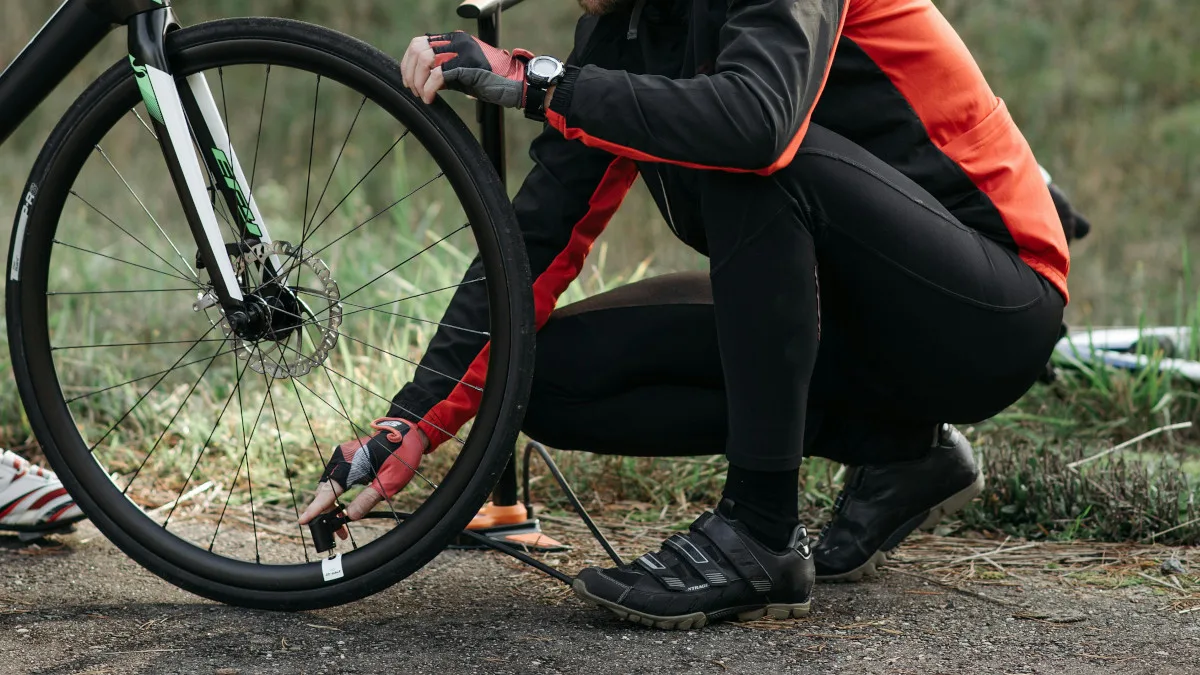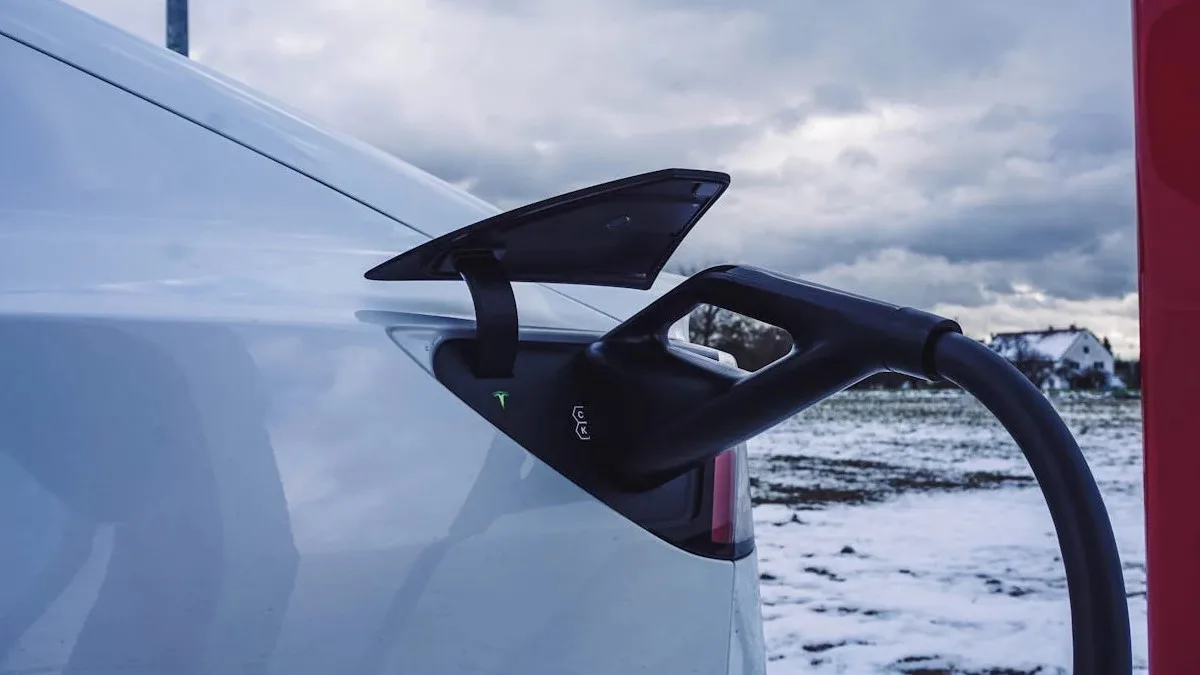Achieving the ideal tyre pressure for your bike is crucial for optimal performance, comfort, and safety. It affects everything from rolling resistance and grip to puncture resistance and ride quality. However, finding the perfect pressure can be confusing due to various factors. This guide will help you understand the importance of tyre pressure and how to determine the right setting for your specific needs.
Understanding Tyre Pressure
Tyre pressure is measured in pounds per square inch (PSI) and affects how your bike handles. Too low pressure can result in increased rolling resistance, poor grip, and a higher risk of punctures. Conversely, excessive pressure can lead to a harsh ride, reduced comfort, and decreased traction.
Factors Affecting Tyre Pressure
- Bike Type: Road bikes typically require higher pressure for efficiency, while mountain bikes need lower pressure for better grip on varied terrains.
- Rider Weight: Heavier riders generally need higher pressure to support their weight, while lighter riders can opt for lower pressure.
- Terrain: Smooth roads allow for higher pressure, while rough trails necessitate lower pressure.
- Tyre Width: Wider tyres can handle lower pressure, while narrower tyres require higher pressure.
Determining the Right Tyre Pressure
- Check Manufacturer Recommendations: The first step is to consult your bike and tyre manufacturer’s guidelines. They provide recommended pressure ranges based on tyre size and intended use.
- Consider Your Weight and Riding Style: Adjust the pressure within the recommended range based on your weight and riding style. For example, aggressive mountain bikers might prefer lower pressure for better grip, while road cyclists aiming for speed might opt for higher pressure.
- Experiment and Find Your Sweet Spot: The best way to determine the perfect pressure is through experimentation. Start with the recommended pressure and adjust it in small increments until you find the optimal balance of comfort, grip, and rolling resistance.
- Check Pressure Regularly: Tyre pressure can fluctuate due to temperature changes and riding conditions. It’s essential to check your tyre pressure before every ride to ensure optimal performance.
Tips for Measuring and Maintaining Tyre Pressure
- Use a Reliable Gauge: Invest in a high-quality digital or analog tyre pressure gauge for accurate readings.
- Check Pressure When Tyres Are Cold: Tyre pressure increases slightly when riding, so check the pressure before your ride when the tyres are cold.
- Avoid Overinflation: Exceeding the maximum pressure indicated on the tyre sidewall can damage the tyre and compromise safety.
- Consider Tubeless Tyres: Tubeless tyres offer lower rolling resistance and reduced puncture risk, allowing for lower tyre pressures.
Additional Considerations
- Tubeless Sealant: If you use tubeless tyres, ensure the sealant is sufficient to prevent punctures.
- Tyre Wear: Over time, tyre wear can affect pressure. Replace worn-out tyres to maintain optimal performance.
- Weather Conditions: Adjust tyre pressure based on weather conditions. Lower pressure might be beneficial in wet conditions for improved grip.
By following these guidelines and experimenting with different pressures, you can find the perfect tyre pressure for your bike and riding conditions, enhancing your overall cycling experience.
Discover more from Wheels Craze - Automotive News, EV News, Car News, Bike News
Subscribe to get the latest posts sent to your email.



